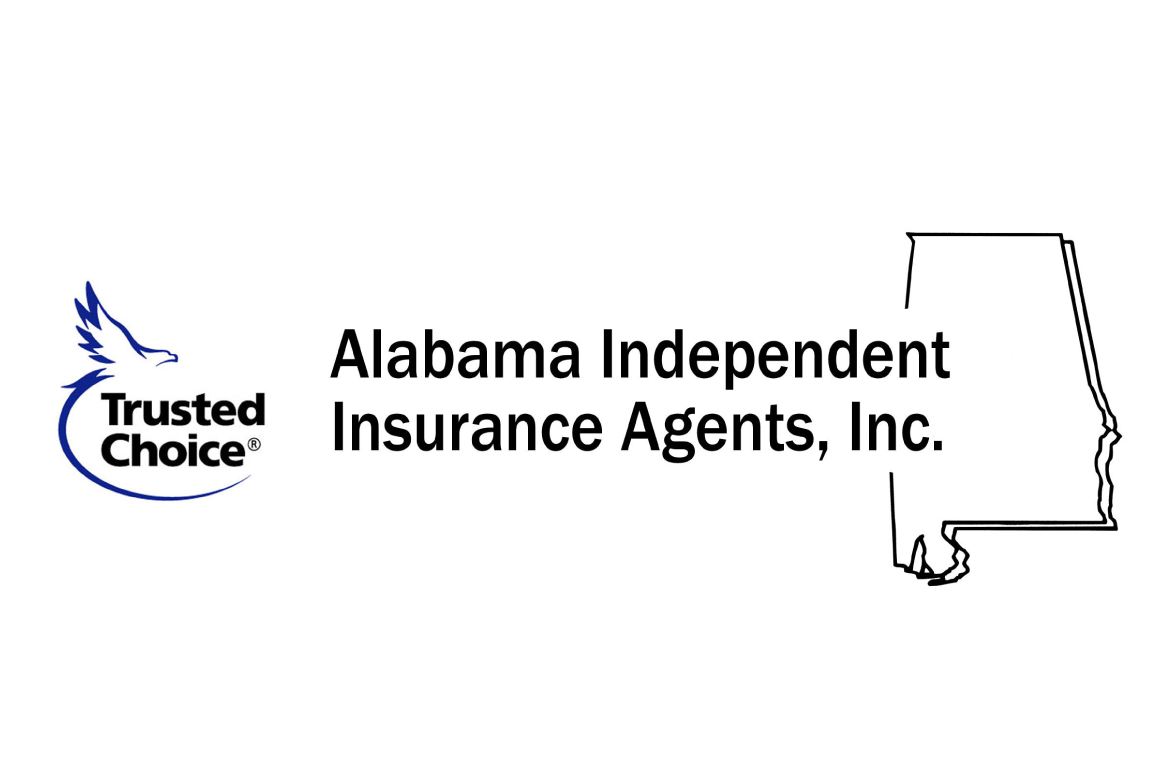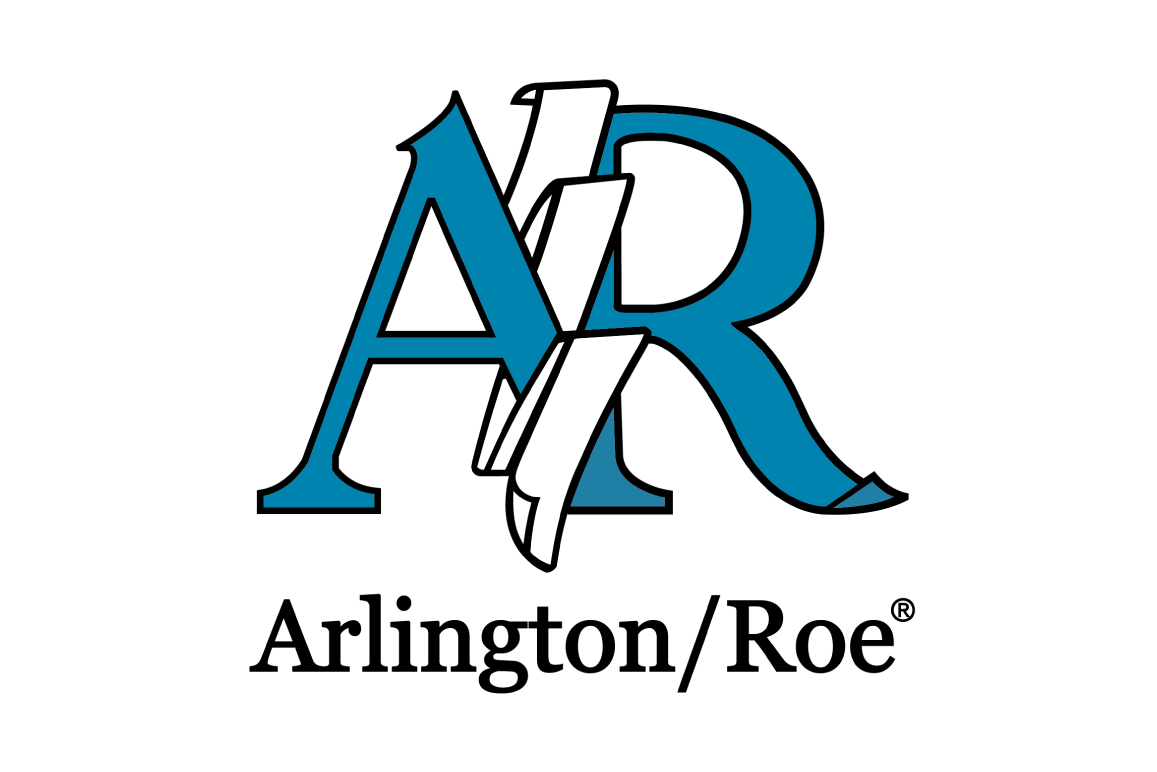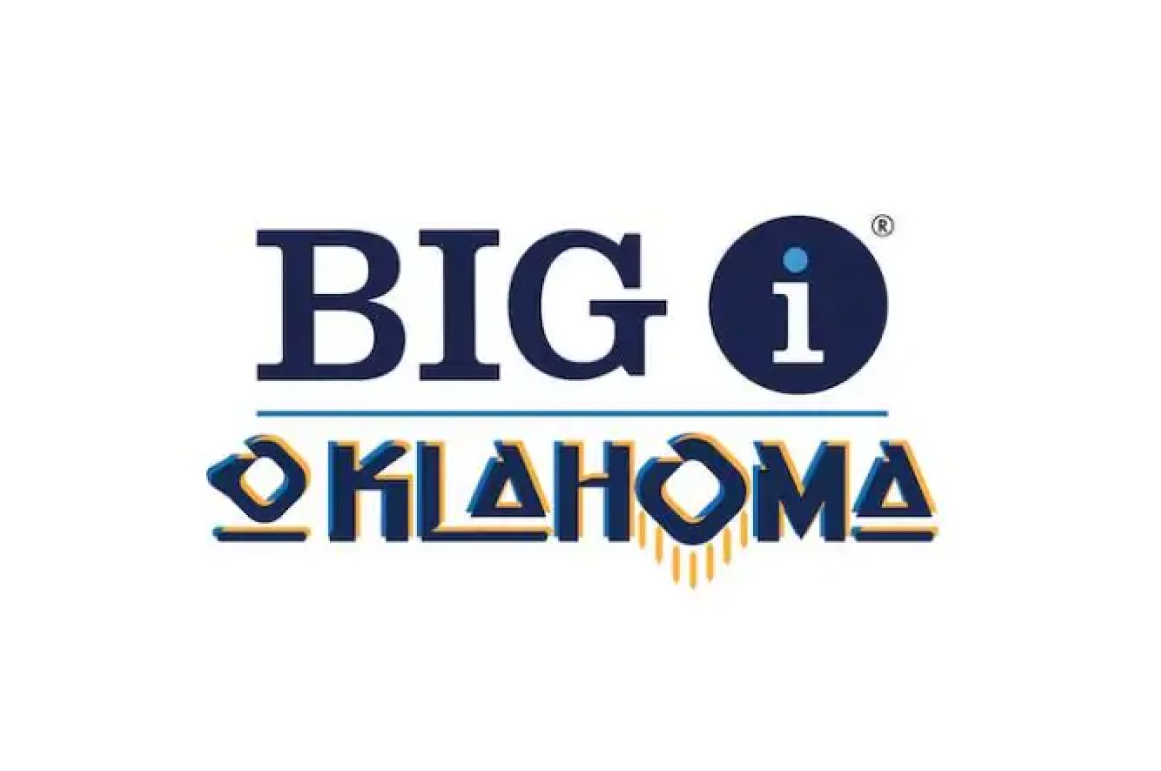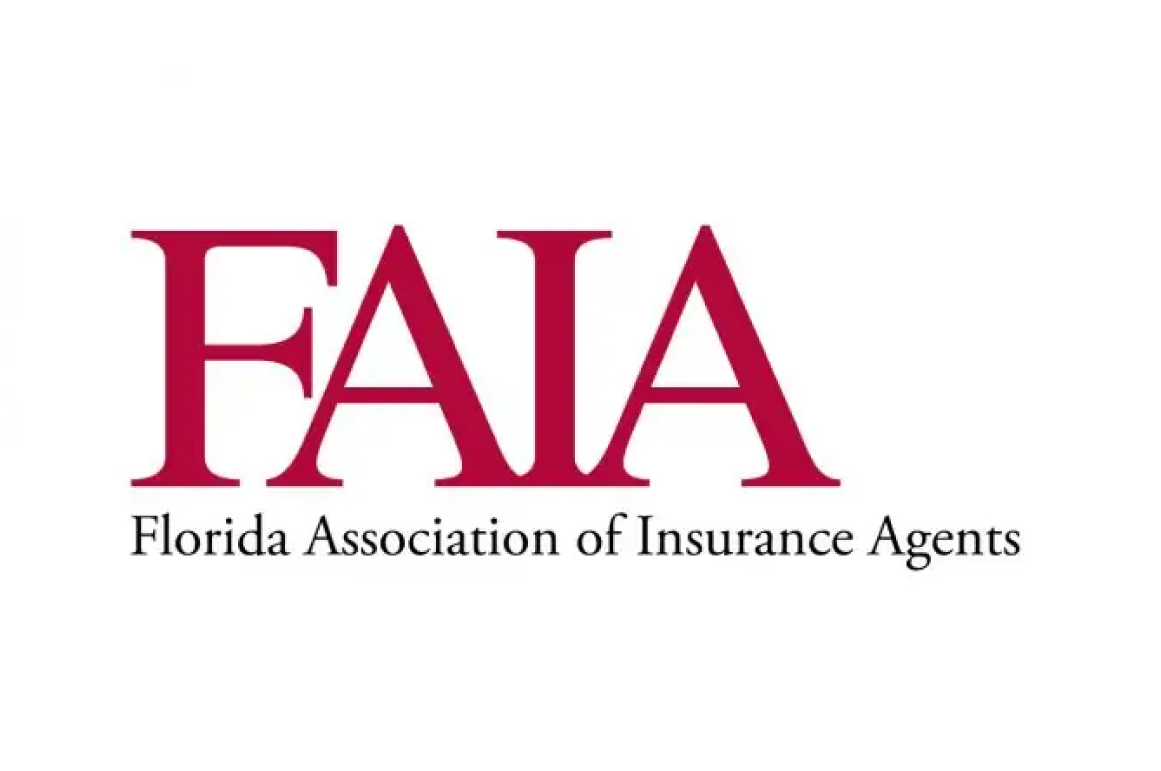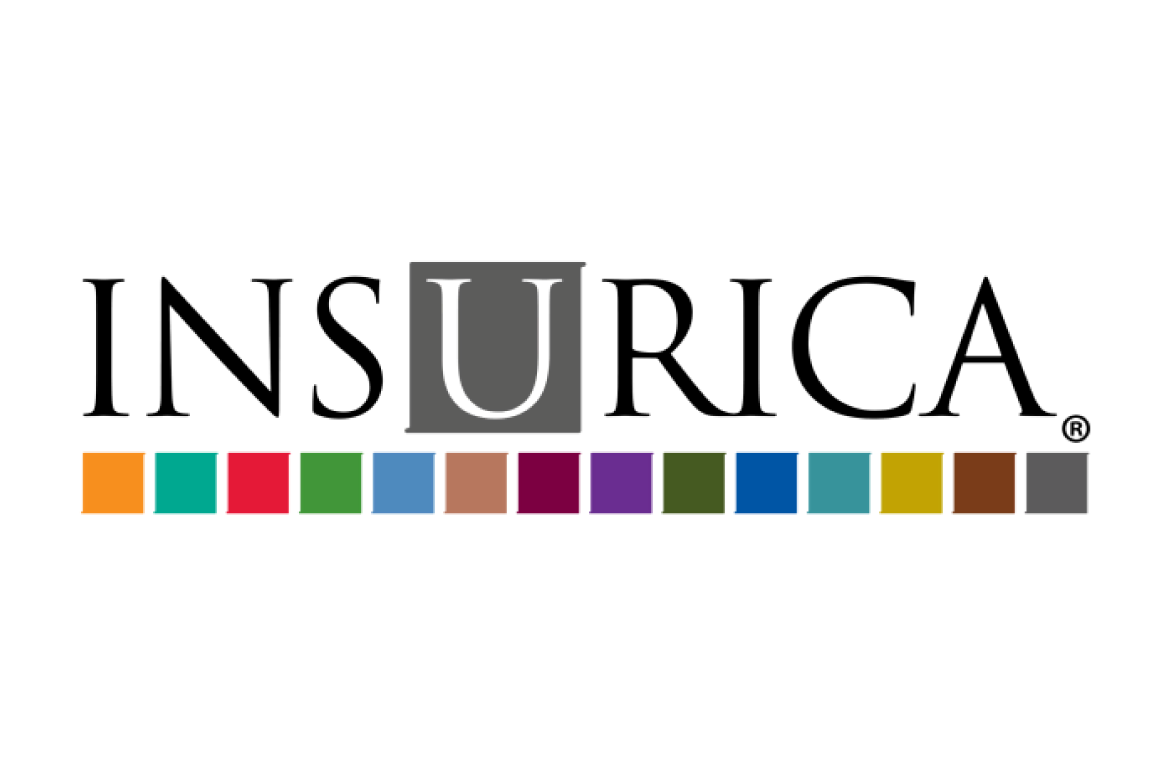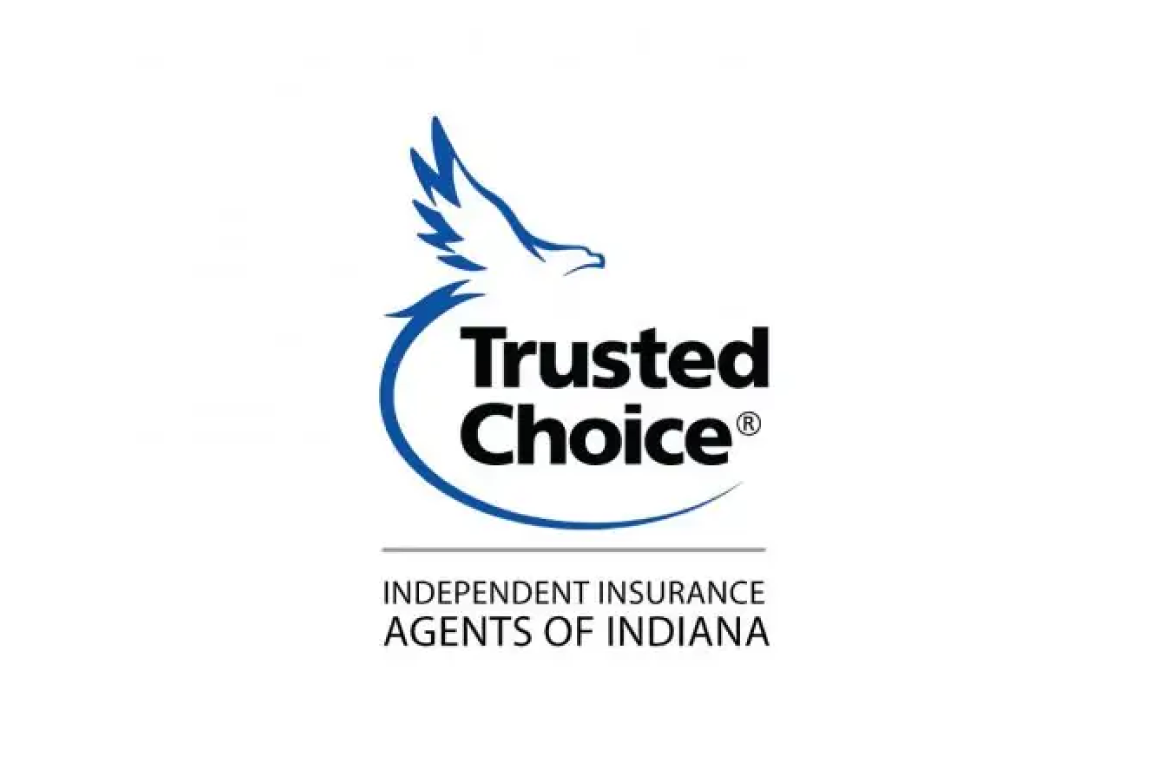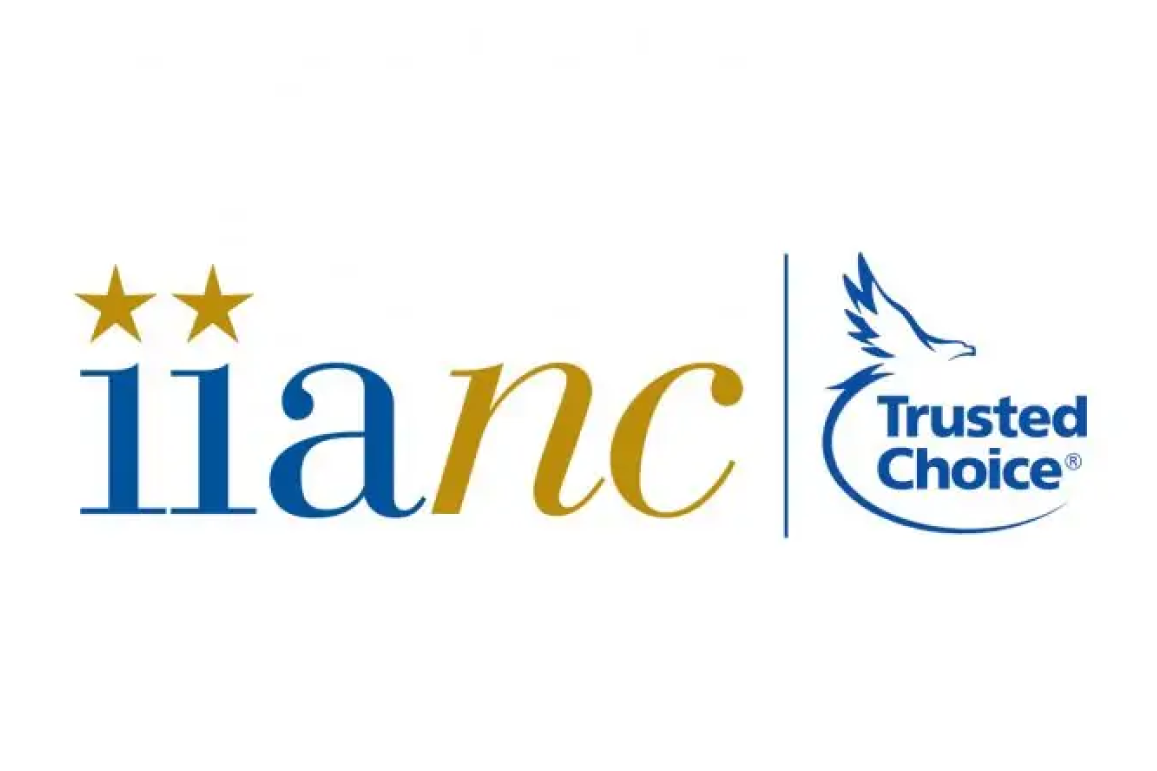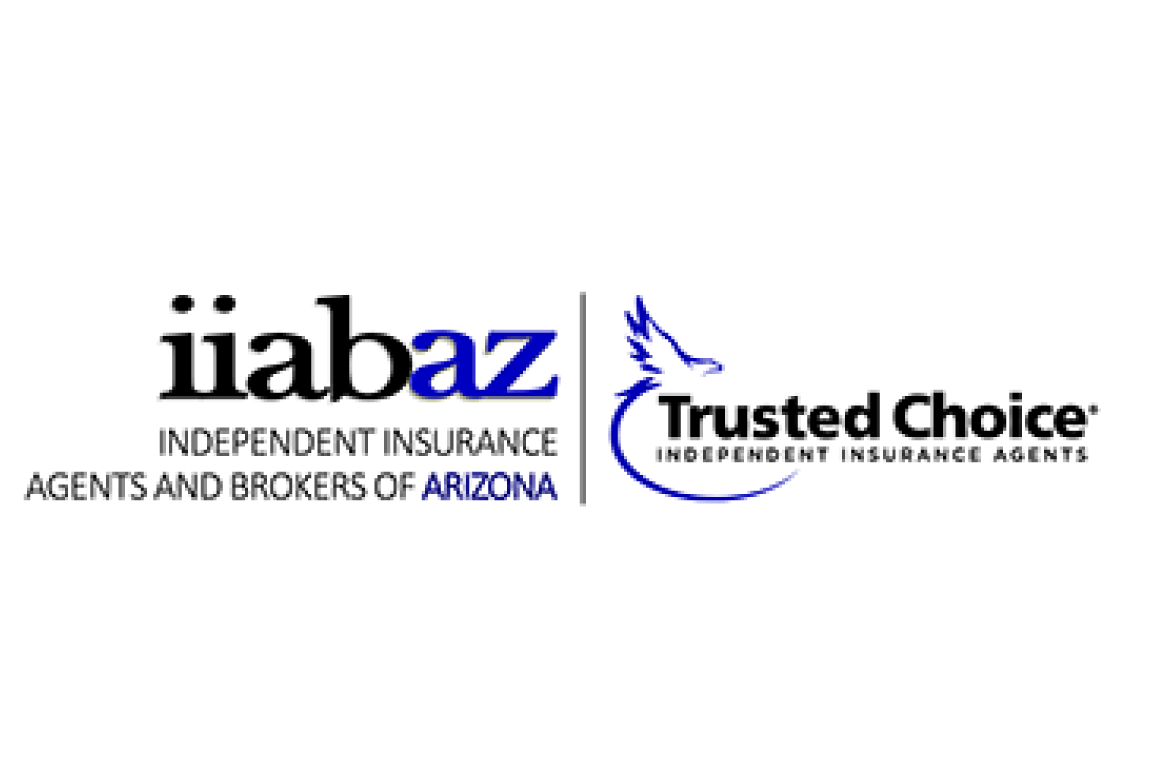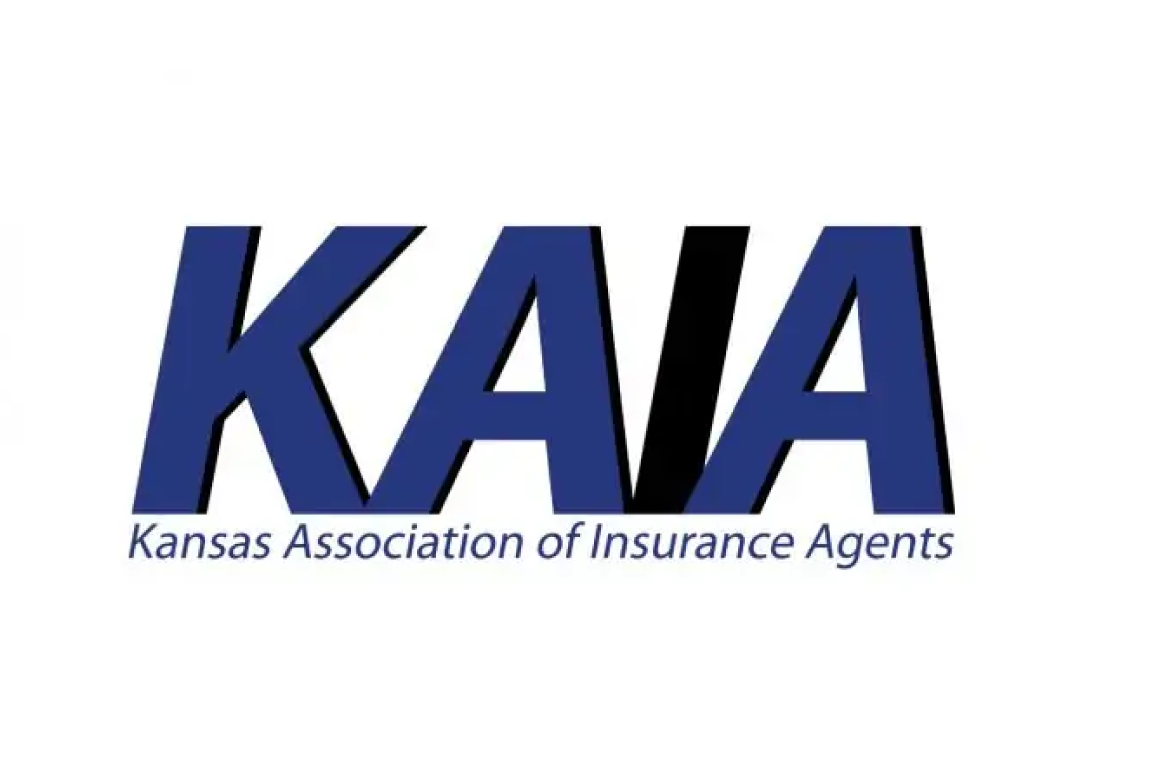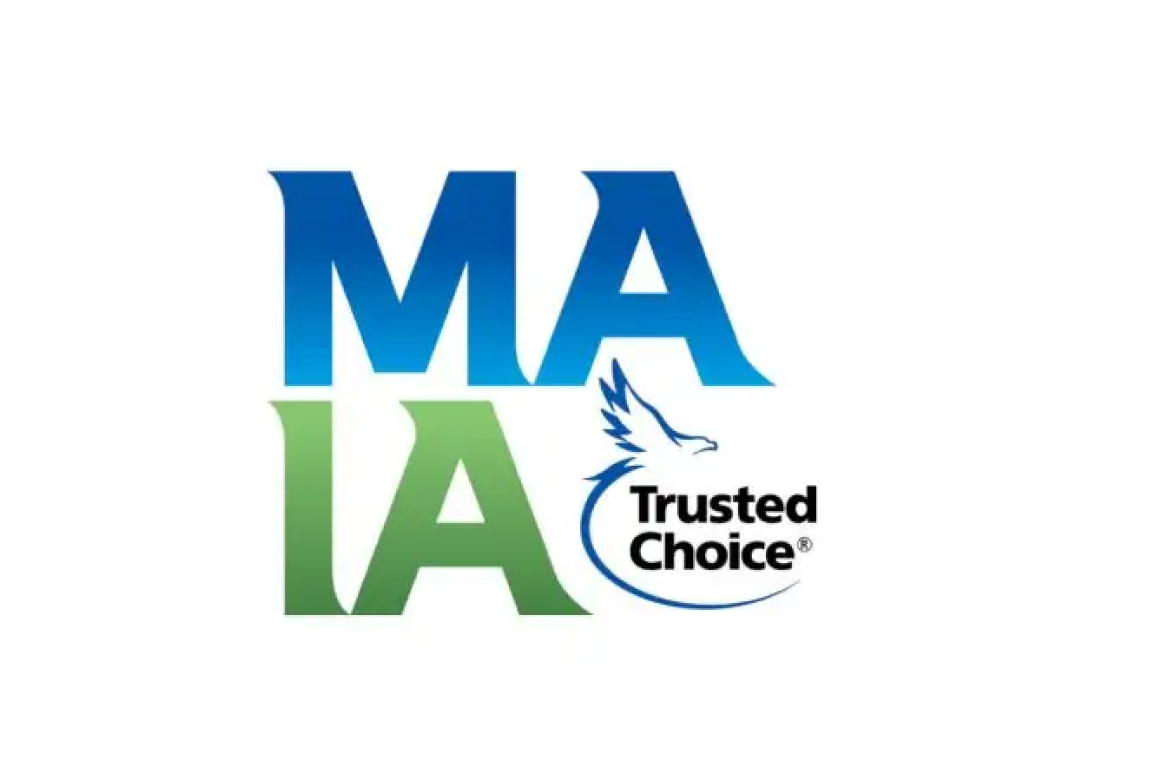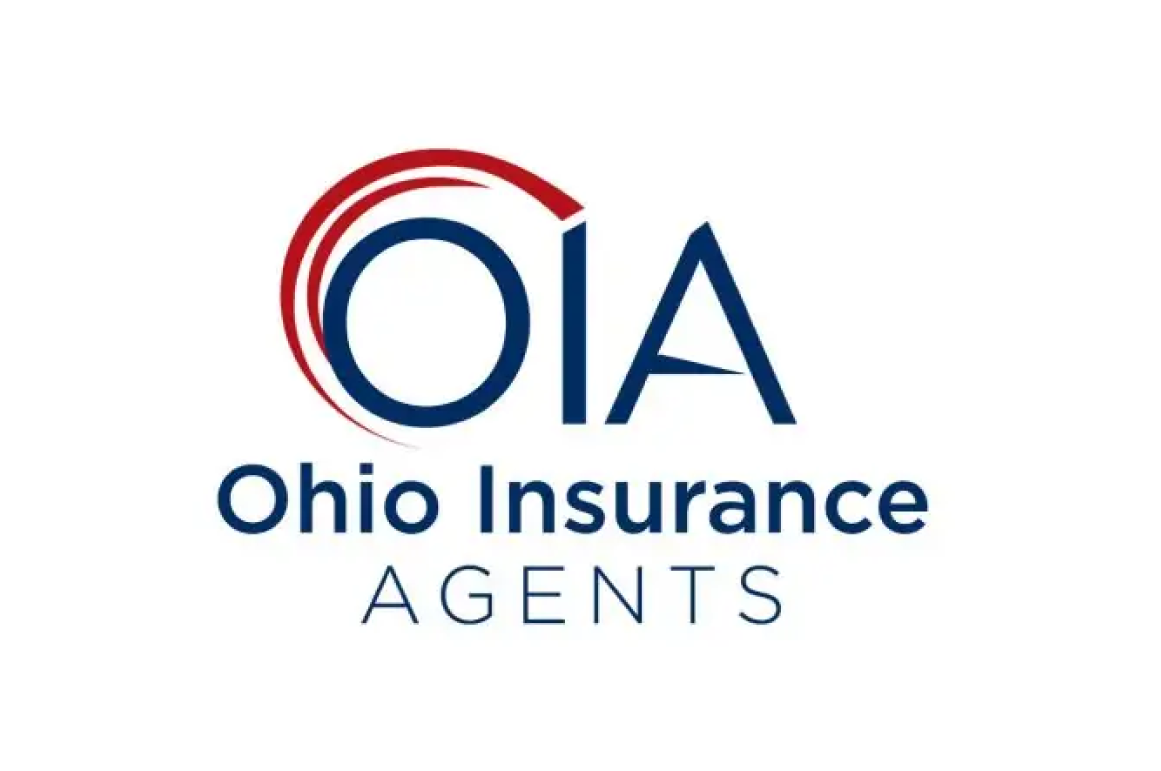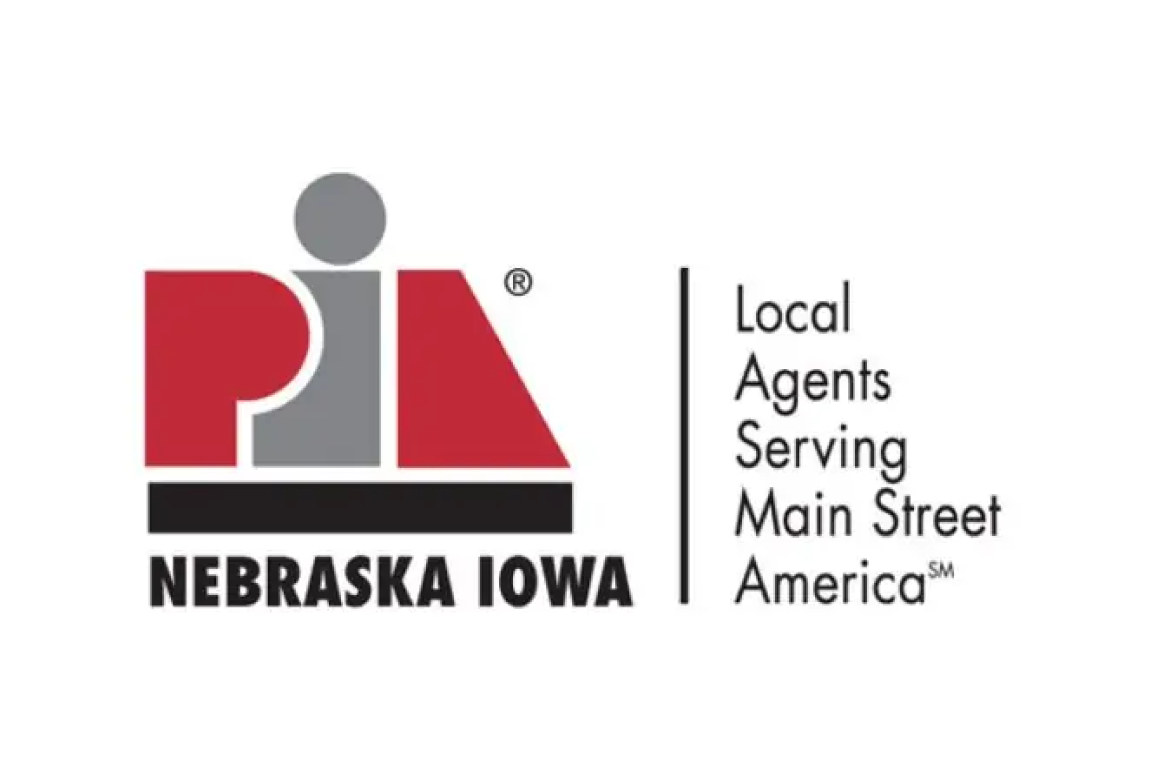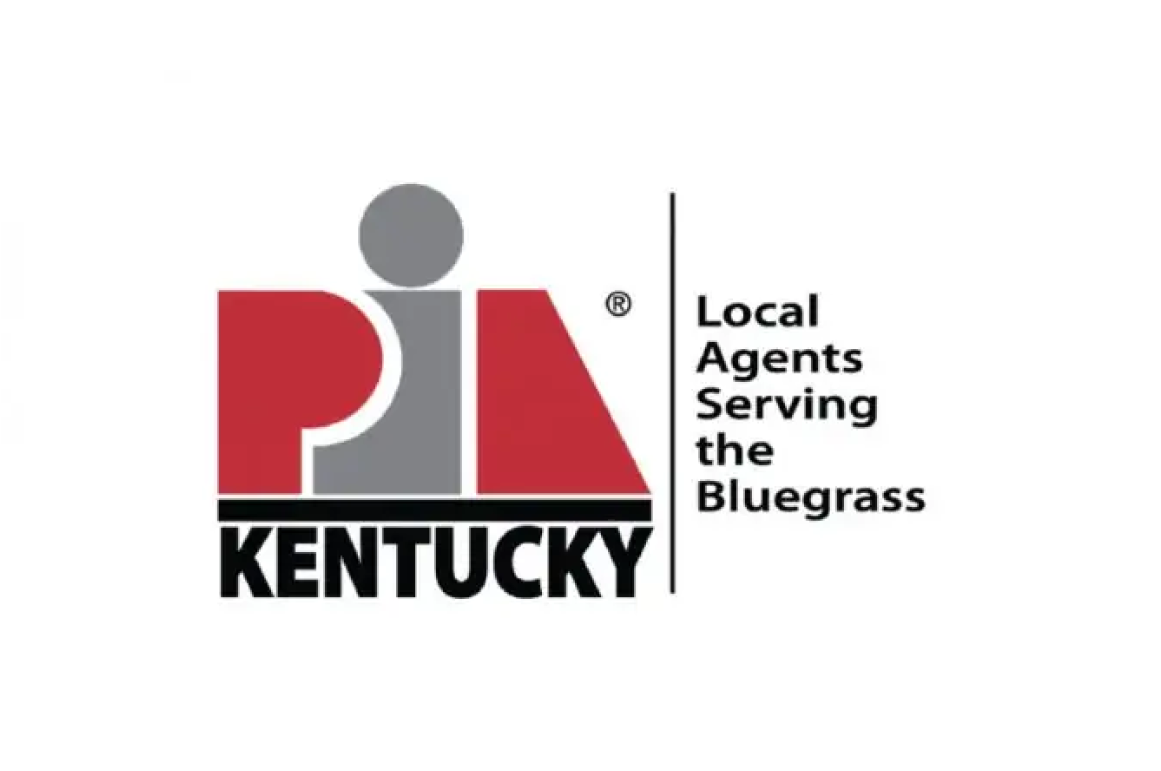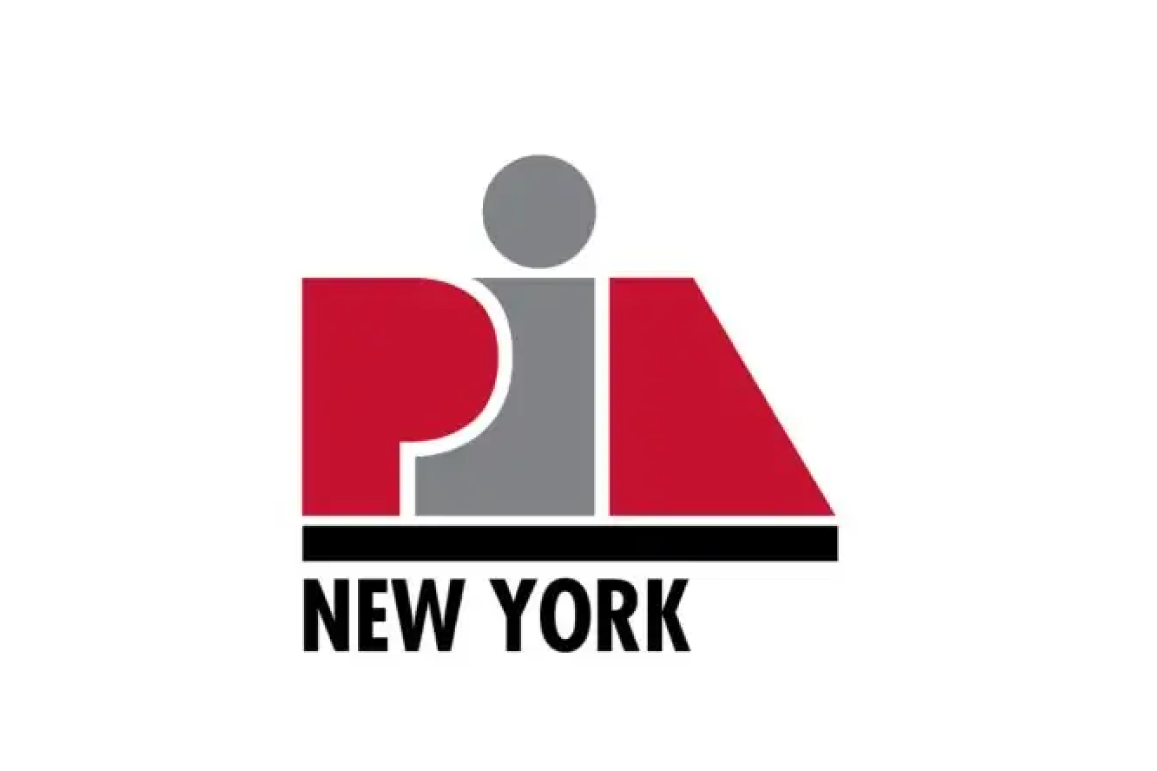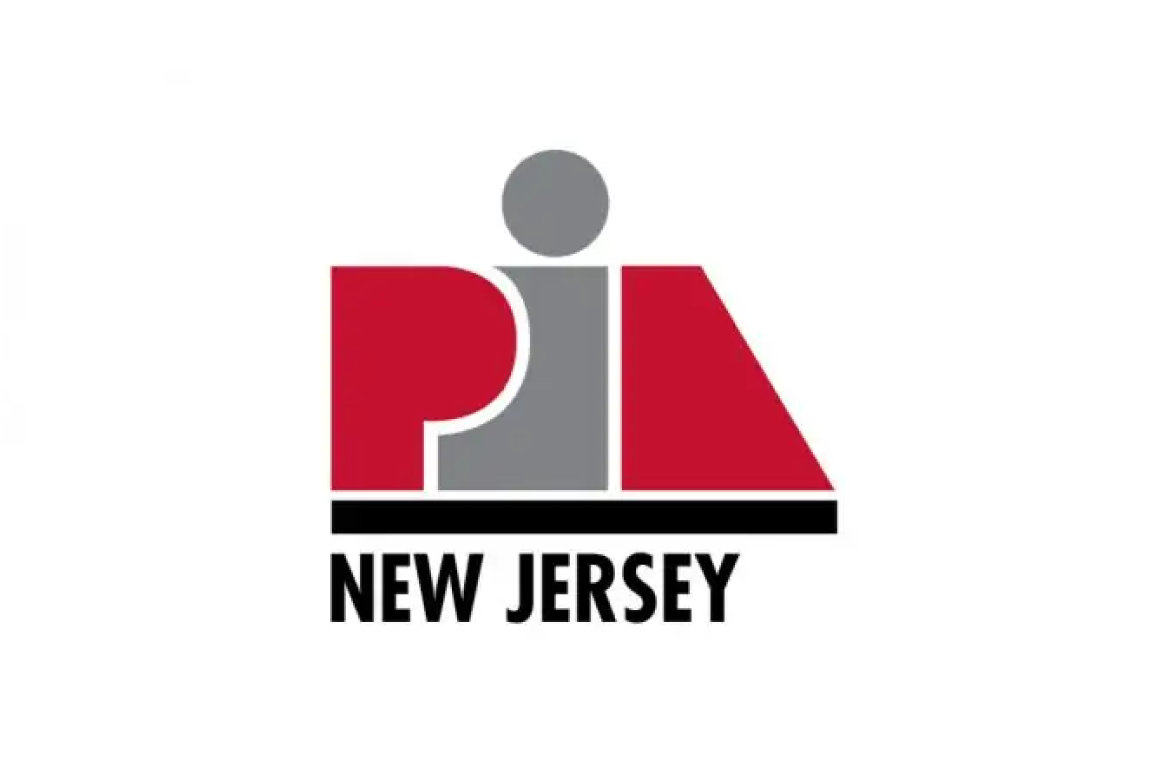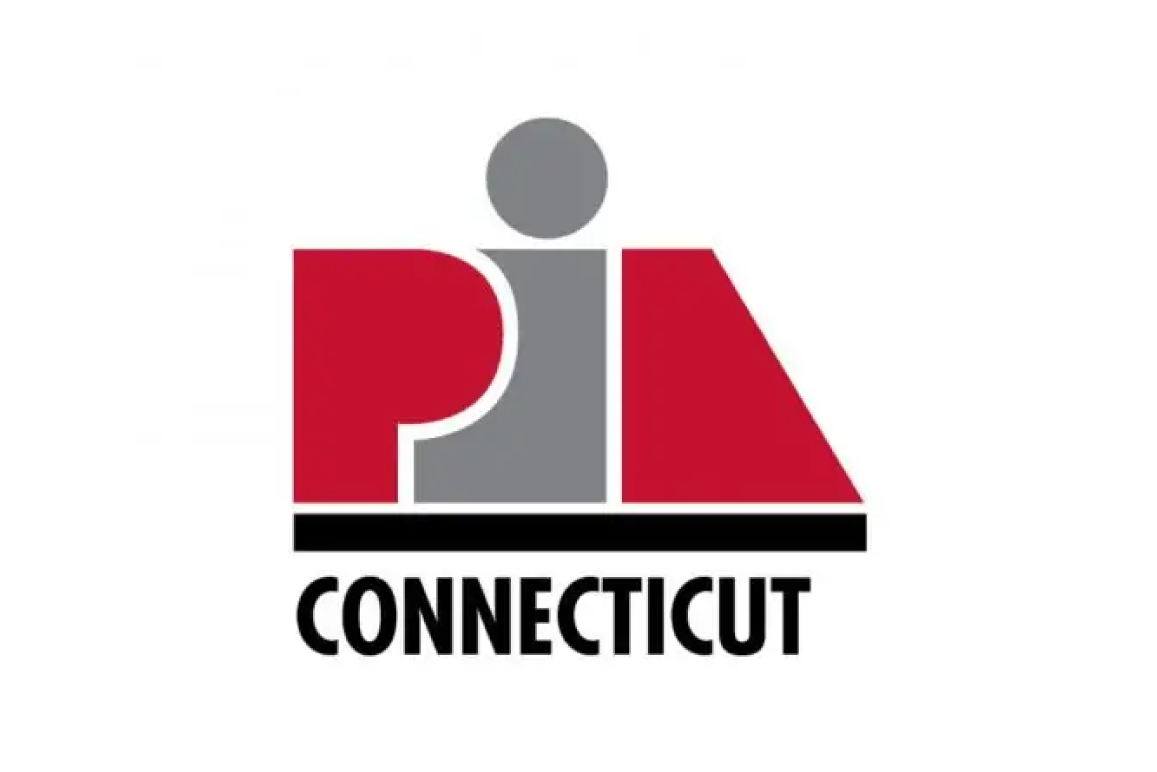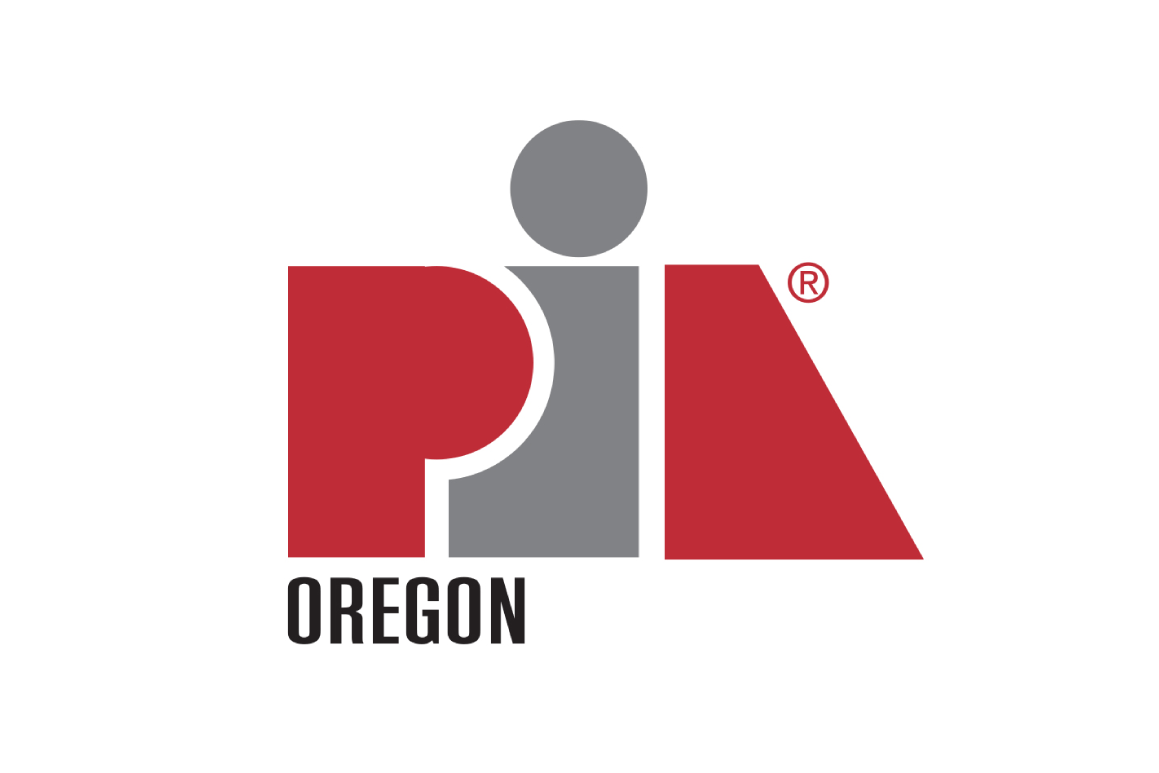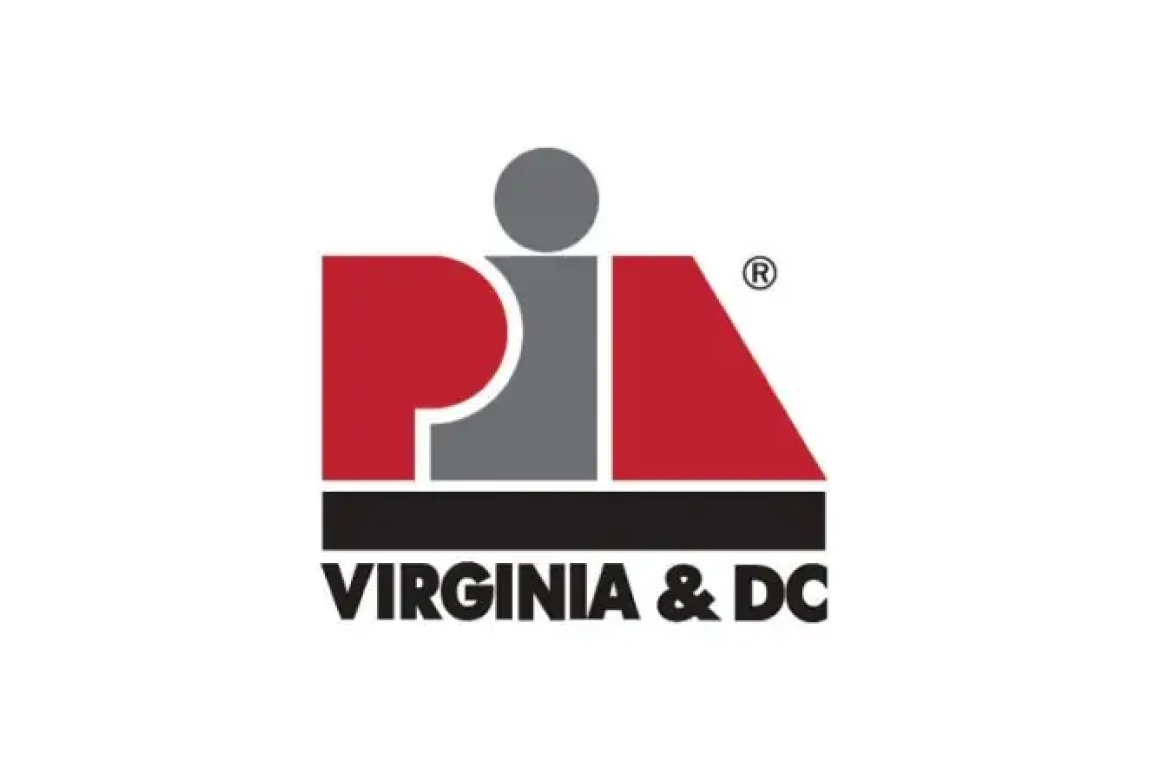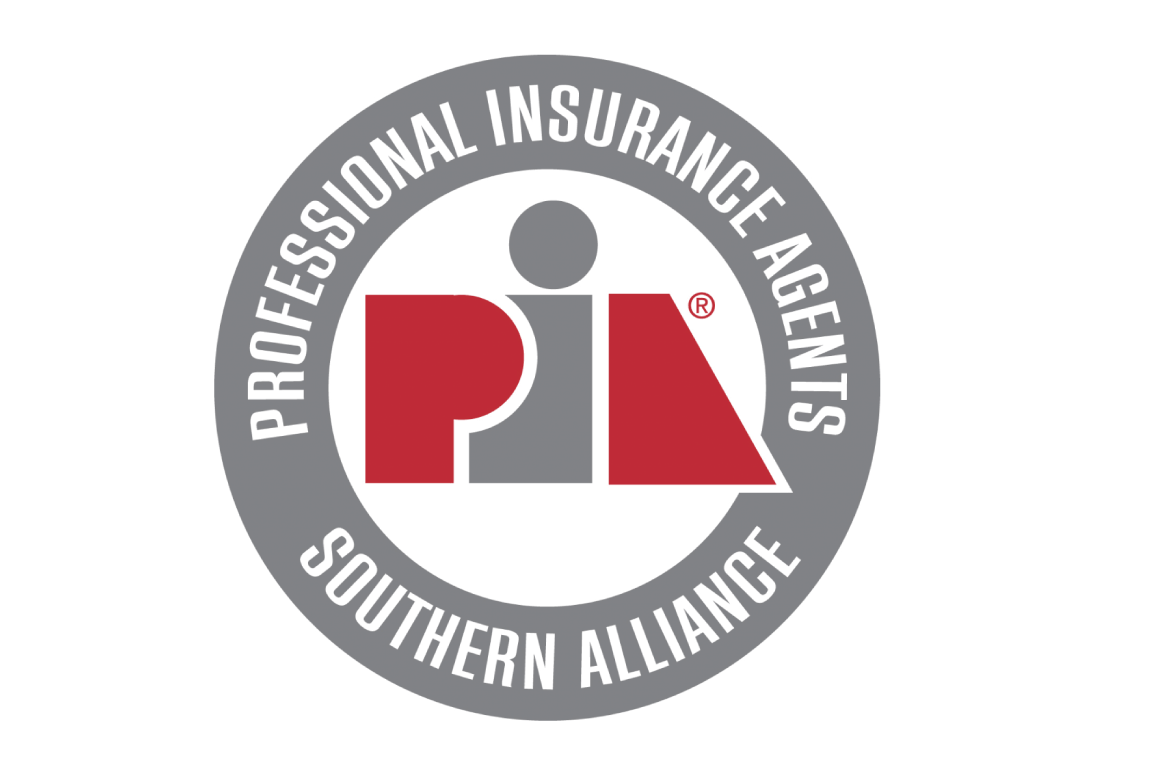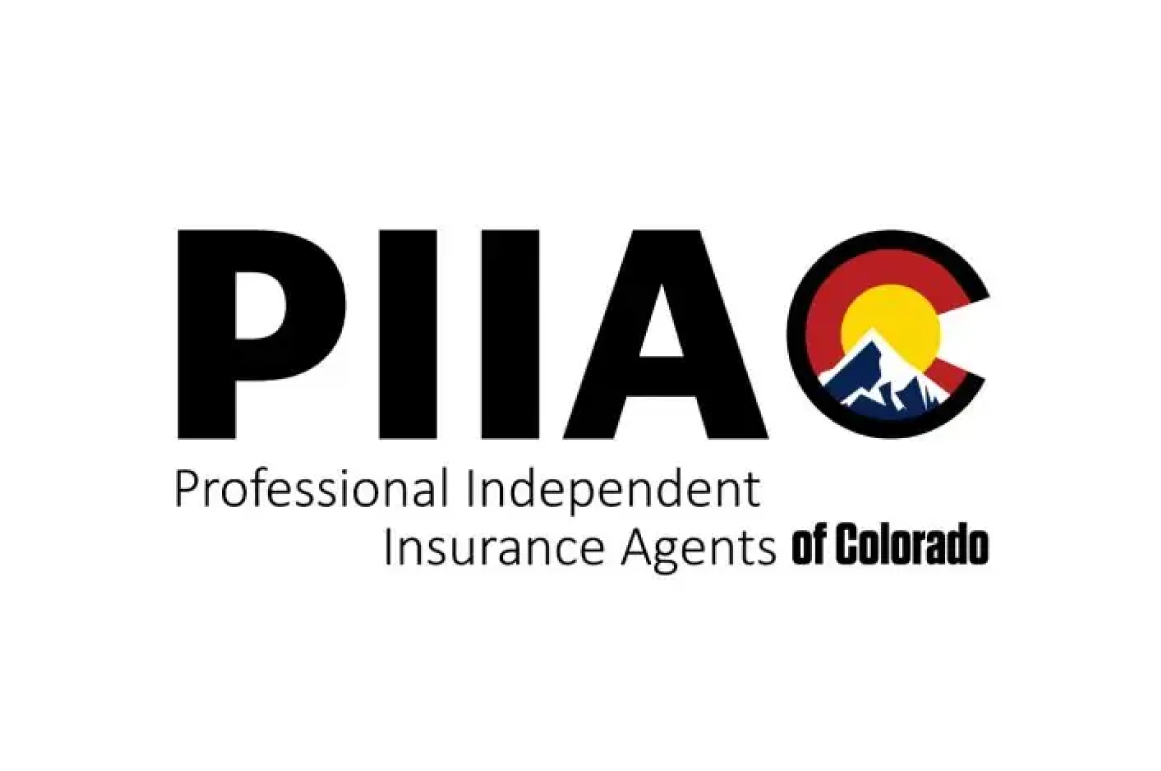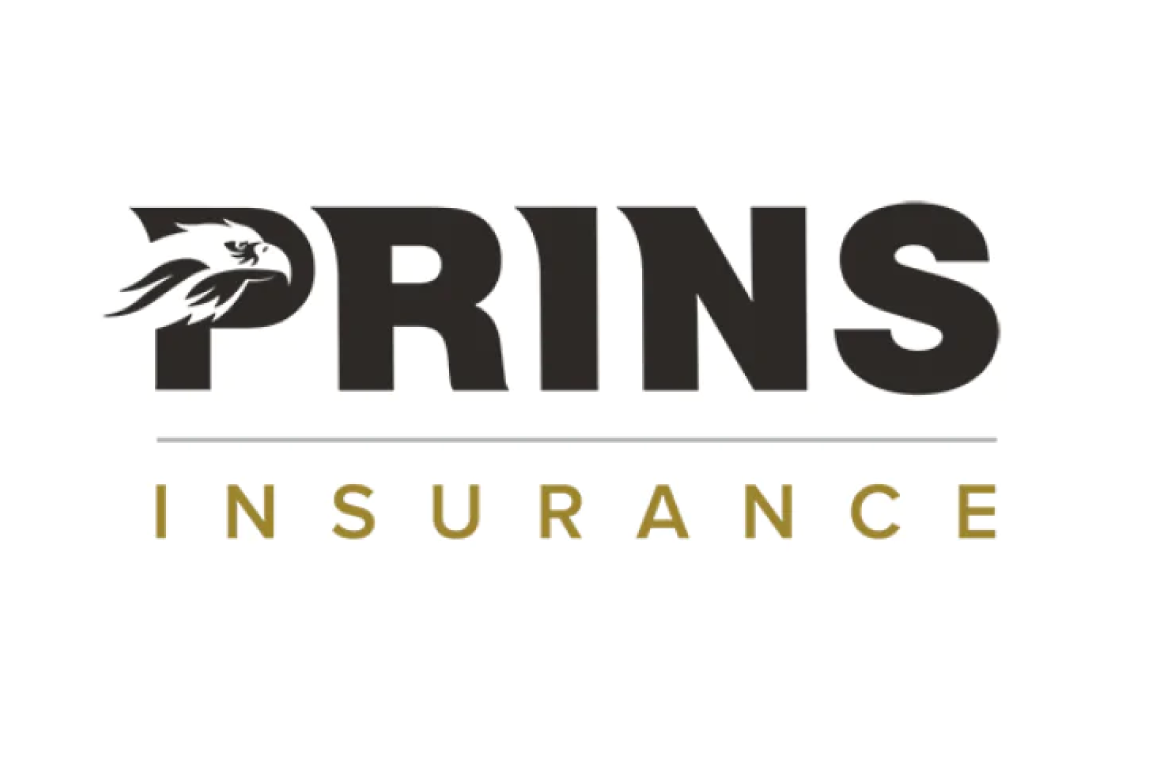
By Sarah Warhaftig, CRM, JD
Sarah Warhaftig is the Academic Director of Risk Management Programs for The National Alliance, where she is responsible for the Certified Risk Manager, Certified School Risk Manager, and the Certified Personal Risk Manager Designation Programs.
On November 6, 2021 news outlets and social media were filled with stories of those who were present at Astroworld Fest during the Travis Scott concert. There are many similar stories of what has been labeled the stampede and press of the crowd. Videos show concertgoers crashing through, and destroying, the entrance gates. Others show the live concert and the apparent inattention by the performer and security to the situation of people being crushed and trampled on. There are many uncertainties to be investigated and resolved. One thing is certain – Eleven people lost their lives. The youngest was 9. Dozens more were injured.
In the following time, much has been said about crowd management techniques, crowd control, concert access points and lessons to be learned from this teachable moment.
Why haven’t we learned this lesson? This is not the first teachable moment.
On April 19th, 1977 a Led Zeppelin show in Cincinnati resulted in 70 arrests after 1,000 ticketless fans rushed the gates. The concert was scheduled for 8 pm, people started massing at 3 in the afternoon. Shortly after 7 pm, a crowd of roughly eight thousand began to move forward and shattered the entrance doors. Thankfully, there were no deaths associated with the event.
On December 3, 1979, eleven people were killed in a similar stampede at a concert headlined by The Who. With no reserved seating, ticket-holders pressed forward trying to enter Cincinnati’s Riverfront Coliseum to secure prime seating.
What steps have been taken in the past?
Above and beyond the best thinking aspects of Risk Identification and Risk Management principles. There are now actual standards for crowd management within the broader context of event management. The ANSI Board of Standards approved ANSI ES1.9-2020 Crowd Management on July 6, 2020. Underpinning the advice are the following elements:
1) Risk Assessment. Event managers and staff must know their roles and how those roles fit with their professional peers, vendors, patrons, and artists. From this risk assessment, event organizers can triage their risks and try to mitigate the risks that are most likely to occur or most likely to significantly impact the event.
2) Emergency Action Plan. A careful risk assessment will lead naturally to the event organizer creating an emergency action plan to memorialize everyone’s duties and responsibilities, which will ideally address normal operations and if one of the foreseeable issues does arise during an event.
3) Training. Once there is a plan for the event, the event organizer can ensure that staff are trained to perform their tasks and carry out their responsibilities consistent with that plan.
4) Supervision. Because even the most well-trained, conscientious people are fallible, the final layer of assurance of safe practices and the event’s emergency action plan is supervision. Supervision provides a means to quickly detect and correct non-compliant or unsafe behavior
The standard incorporates the following principles:
Design refers to the limitations on crowd capacity and movement created by the physical environment. Design also includes considerations of sightlines, access routes, accessibility needs, and how people see, hear, and participate in the event. For example, if the design of an event space may lead to dangerous crowd density because of bottlenecks where the crowd compresses as it moves forward, unexpected turns in the path of egress, or changes in terrain or lighting that might impede movement, then the event organizers should take steps to mitigate the resulting risk of slower than anticipated crowd flow or even crowd crush.
Information includes all means of communicating with the crowd to help them make reasonable decisions about their safety and health. This covers the initial ticket purchase through the ticketholder’s departure at the end of the event. Information should be communicated to reach all foreseeable event attendees, including people whose first language is not English and people with accessibility needs
Management systems include all processes and procedures available to inform, influence, and move people. This can include emergency plans based on a HIRA (Hazard Identification and Risk Assessment), a unified command center, easily identified guest services and security staff, and clear lines of communication and authority among event organizers and public safety officials. Management systems can also include use of equipment such as barricades or large vehicles to physically direct crowd movement.
Expectations have two important facets. From the crowd’s perspective, “expectations” refers to the way people in a crowd perceive what they expect and desire. The significance of crowd expectations is that most people have difficulty perceiving and reacting to situations they did not anticipate in that context. From the event organizer’s perspective, “expectations” can refer to anything about crowd demographics and behavior that is reasonably foreseeable, which some combination of the event promoter, venue operator, security provider, or artist could know with a reasonable amount of due diligence. When event organizers educate themselves about the expected risks of a given crowd, they can better plan to mitigate those risks. ©2020 ESTA/ESA 6 ES/2019-2001r4 ANSI ES1.9 – 2020 Event Safety –
Turning back to the Astroworld Fest, let’s say you are investigating the event from a risk management perspective. What are some of the unanswered questions?
- Who had the ultimate responsibility for public safety and security during the concert?
- Was it a shared responsibility?
- What risk management preparation and planning were made before the concert? Was the potential for the stampede included?
- Was there an emergency plan in place? Was it followed?
- What type of crowd management training did security and police officers receive relative to this type of crowd behavior?
- Was the ANSI model followed?
- Was a crisis management model followed?
- Were general crowd management principles and techniques in place?
- Was communication effective? Why did the concert continue once the situation became apparent?
Right now, we don’t have the answers to these and many other questions like “who was at fault?.” Time will provide some answers, pending and future litigation will assign fault and damages. Suffice it to say that there was a crisis situation in Houston that day. One that might have been mitigated if not avoided.
The CRM Control of Risk Course explores the aspects of Crisis Management. Effective crisis management has 4 steps which are broken down into specific actions:
- Mitigation / Prevention – The crisis management team should identify activities or controls that can be put into place pre-event to reduce or eliminate the impact of a crisis.
- Preparation – The crisis management team needs to prepare the organization for worst-case scenario events. Investing the time and resources pre-event can be well worth the effort if it saves lives and reduces the overall impact.
- Response – The crisis management plan is put into action during an actual crisis. The ability to assess a situation and respond swiftly is crucial.
- Recovery – The primary goal after a crisis is restoring operations and ordinary business activities while maintaining a public image.









